Nowadays everybody knows what an emoji is and they are used every day. Instant messaging applications like WhatsApp have popularized its use, but not so long ago, emoji were an exclusive thing for Japanese mobile phones. That’s the reason why there are so many references to Japanese culture in emoji. We will start a serie of posts collecting them all and explaining their meaning.
What is an emoji
Emoji are symbols, icons or smileys used when texting in mobile phones to express emotions, objects, places, wheather, animals and so many other things. They are commonly used in phone instant messaging applications, but also in websites, forums or chat rooms.
Origin of emoji
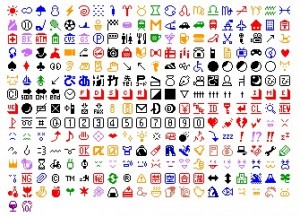
Around 1998, NTT DoCoMo, one of the most important Japanese telecom companies, started to include a total of 172 icons to facilitate the electronic communication in their newly created i-mode mobile internet platform. Those icons were pretty simple. They were only 12×12 pixel of size and used only few colours. But they started to be really popular in Japan so other Telecom companies started incorporating them into their mobile phones too.
Emoji were not really popular in western countries until Apple started including them in their Apple iPhone. Following the iPhone, Google, Microsoft, Samsung and other companies started including them into their phones too.
Every emoji character means something very specific, but every company has drawn it in a different way. Sometimes the emoji expressing the same idea can be very similar, but they can also be really different. In this example, you can see the difference between different implementations of the “grinning face” emoji and the “alien monster”. While all the faces look similar, the aliens have almost no similarities at all.
Japanese culture in emoji
Japanese Ogre emoji: Oni 鬼
![]()
There are so many different kind of monsters in the traditional Japanese folklore. The Japanese ogre or Oni 鬼 is a gigantic ogre like creature with humanoid form but usually having sharp claws, extra fingers or more than two eyes.
Oni originally were invisible spirits bringing diseases, disasters and other bad things. Eventually those spirits began being represented with the humanoid form we know them nowadays. It’s common to see people dressed as Oni in some Japanese festivals to help to bring good luck.
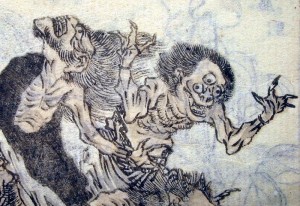
Japanese Goblin emoji: Tengu 天狗
![]()
The Japanese Goblin or Tengu 天狗 (literally “heaven dog”) is another kind of creature appearing in traditional Japanese folklore. It is a supernatural being usually depicted with a bird-like appearance (with fears and beak). Later on his form was humanized and what it was the beak became a really long human nose.
They are supposed to be the ghosts of angry, vain or heretical priests, possessing people and talking trough their mouths.
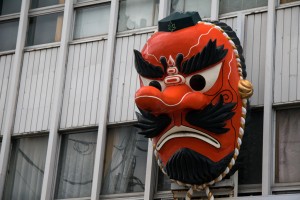
Crossed Japanese Flags emoji
![]()
In all emoji implementations, there are flag icons for every country, but the Japanese flag is the only appearing in two different icons: the “official” one and this special one representing two crossed flags.
When the emoji were created in Japan, there were only few national flags included. Of course, the Japanese flag was one of those, having the privilege of appearing in different representations.
Carp Streamer emoji: Koinobori 鯉のぼり
![]()
In Japan there is an important festivity called “Children’s day” 子供の日, celebrated on May’s 5th. They celebrate children’s growth and their happiness. On this day, Japanese people raise up a carp-shaped streamer that moves with the wind and looks like the carps are actually swimming.
In Japanese folklore, a carp swimming upstream will become a dragon. This legend represents how a child grows up to become an adult.
Izakaya lantern emoji: Chōchin 提灯
![]()
One of the first things you notice when you arrive to Japan is the great number of Izakaya 居酒屋 or Japanese taverns. And the best way to find one is to look for the traditional red paper lantern on the street. Those lanterns are also called chōchin 提灯 and they originally come from China.
Did you know that the letters written on them use a special calligraphy called Chōchinmoji 提灯文字 specially designed to attract more clients?
Those are only few of the representations of the Japanese culture in emoji. There are so many more! In following posts we will review all of them. Did you know them?

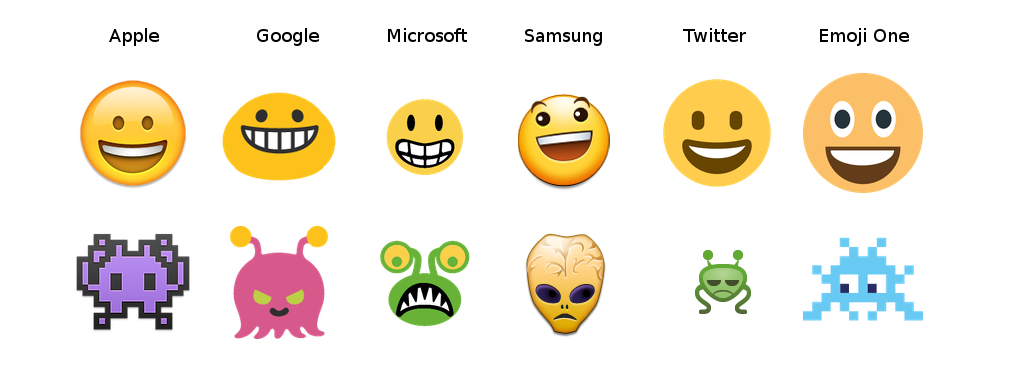
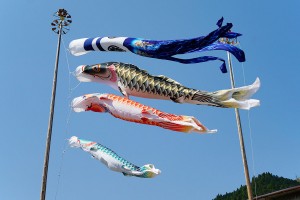
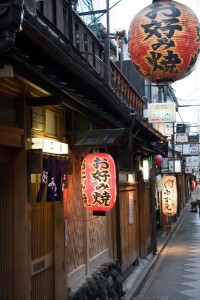
FIY,from Japan.
We interpret the Crossed Japanese Flags emoji as national holiday(s),since a few people prefer raising the Rising Sun over their house on national holiday.